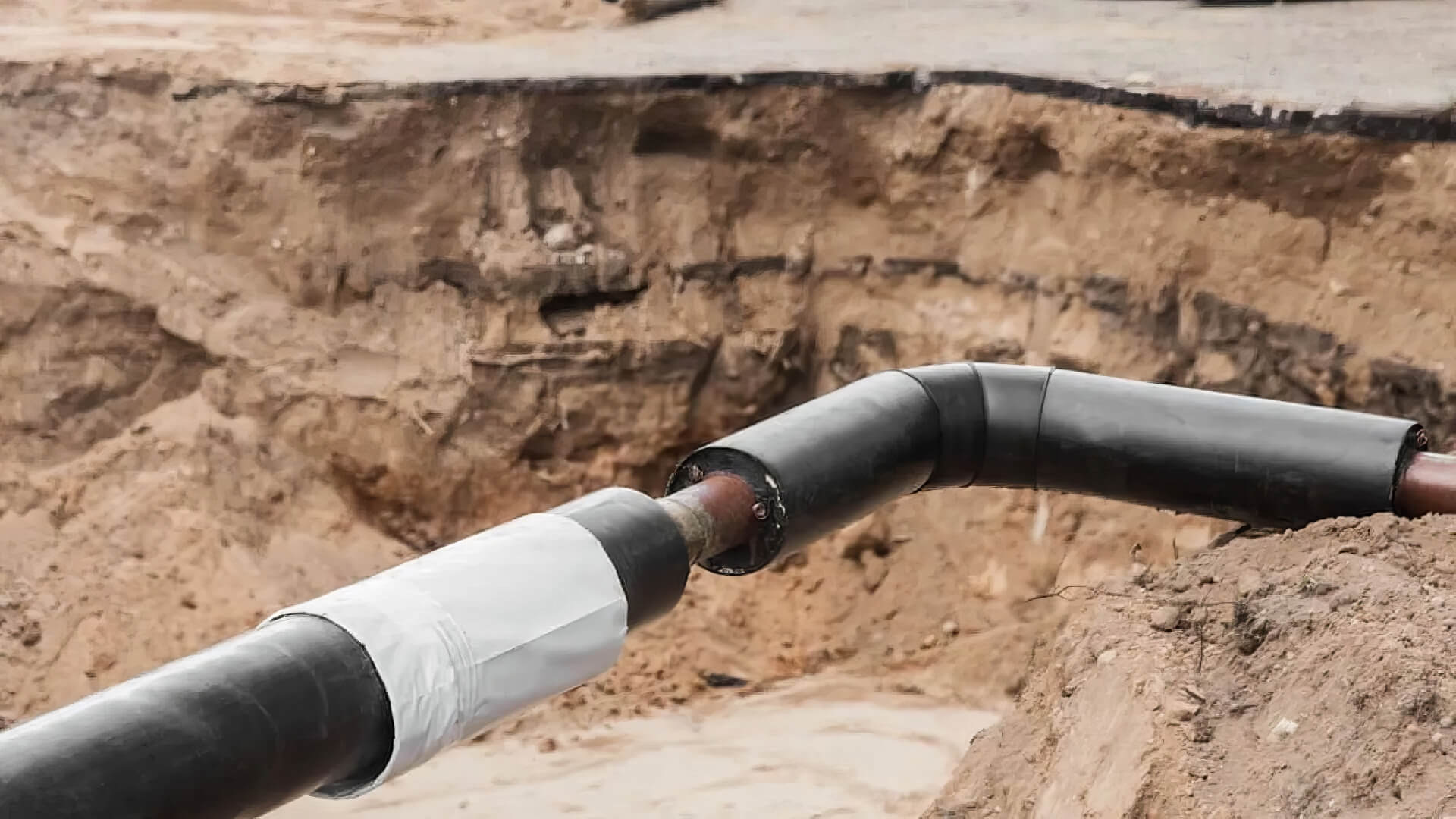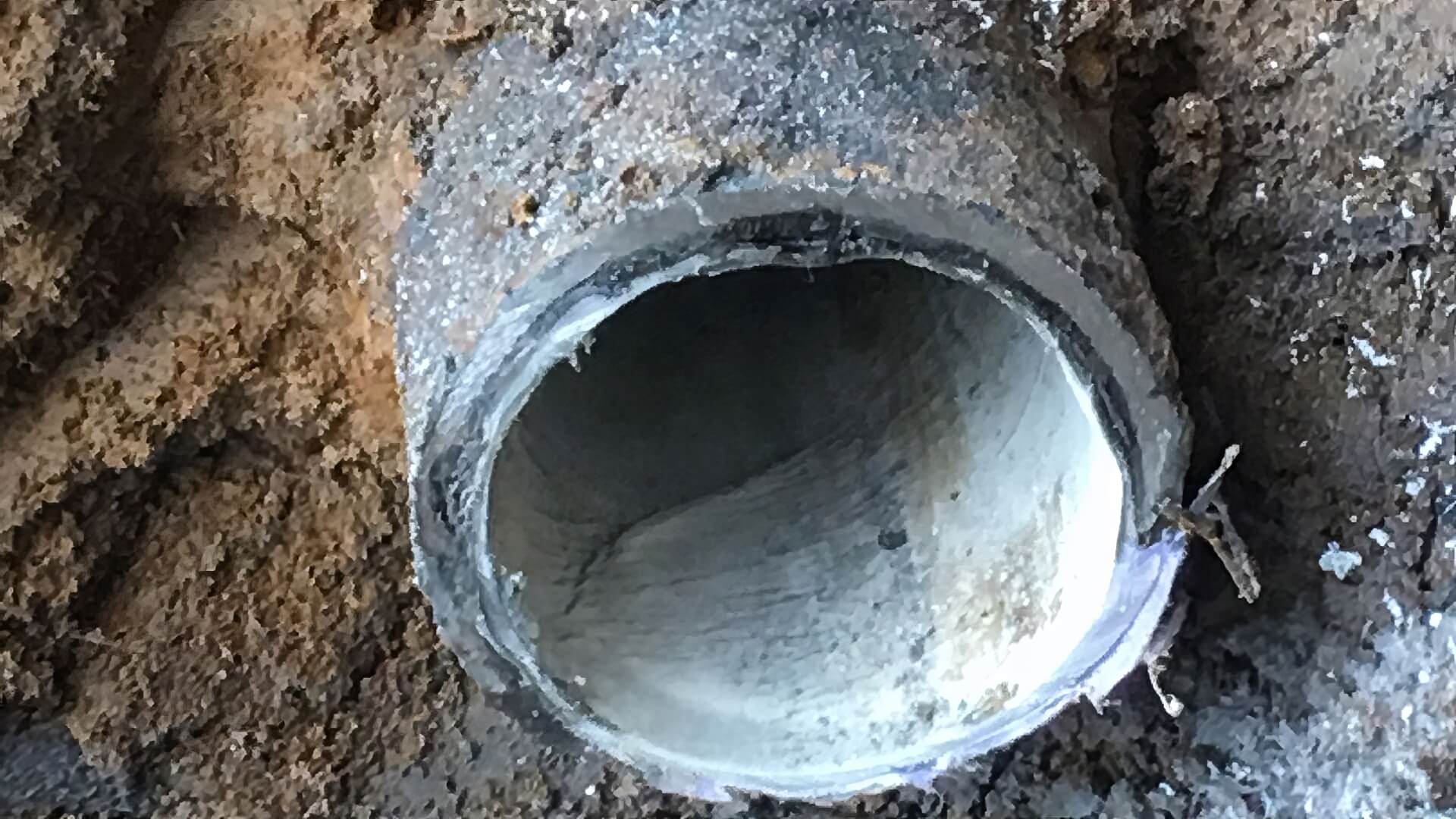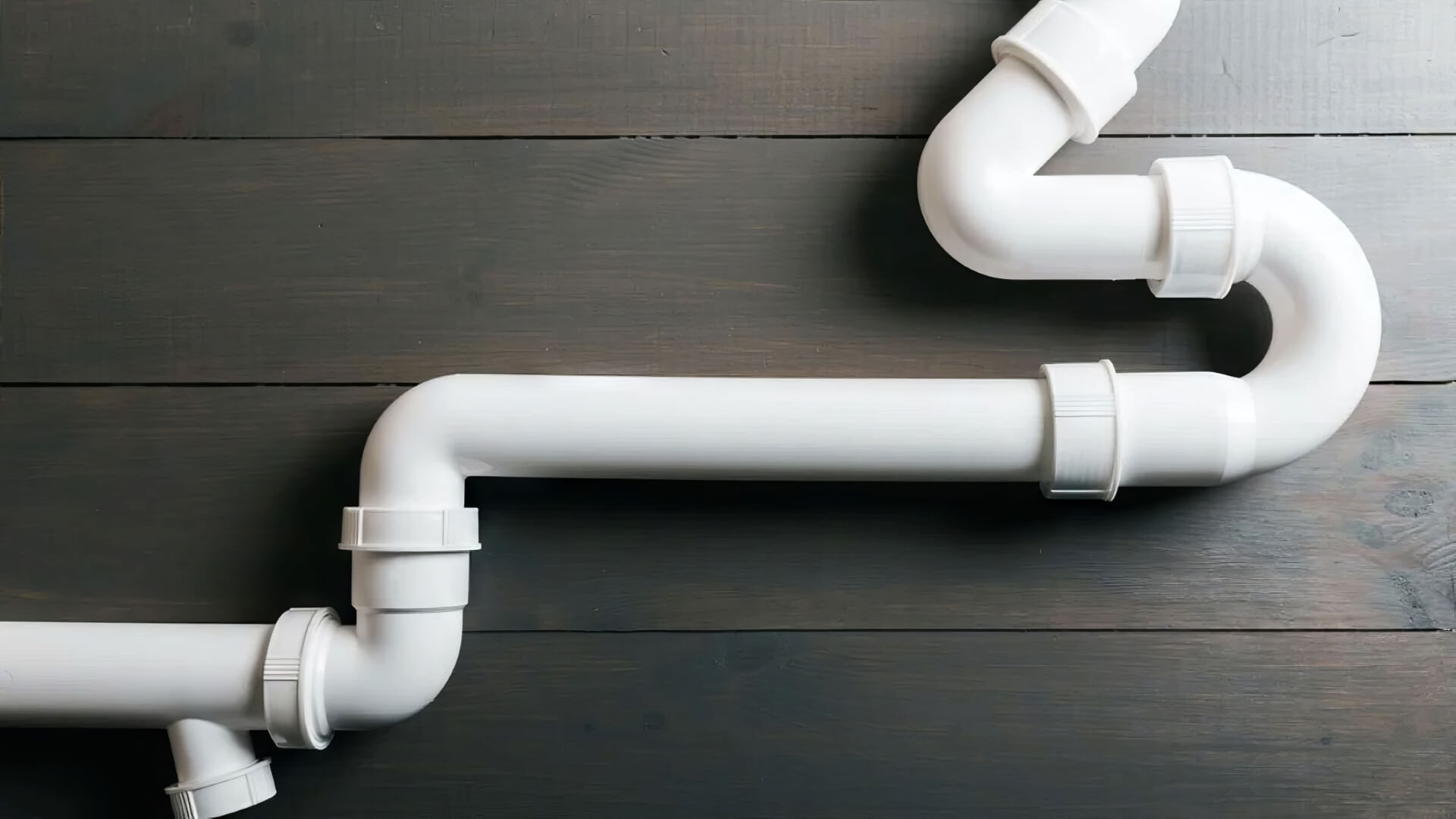Understanding Pipe Relining as an Eco-Friendly Solution
For those seeking green plumbing solutions, pipe relining is an eco-friendly alternative to traditional methods. Pipe relining, which inserts a resin-impregnated liner into damaged sections to create a pipe within a pipe, offers a green and efficient repair option without extensive excavation or property damage.
Evaluated for its cost-effectiveness, pipe relining reduces construction waste and eliminates the need for heavy machinery, thereby slashing emissions by up to 80% compared to traditional pipe replacement. The resin materials used, such as epoxy or polyester, exhibit enhanced longevity and resistance to corrosion or cracks over time.
By retaining existing infrastructure and dodging mains supply halts, the modern pipe relining method demonstrates significantly less need for pipe replacement intervention, showing homeowners and businesses how they can enhance the efficiency of their plumbing systems without traditional excavation, in an affordable and sustainable way that lessens impact environment. The eco-friendly pipe relining method repairs pipes with minimal disruption, protects the environment, and eliminates water wastage from leaks, offering a seamless solution in stark contrast to traditional pipe replacement.
Using advanced tools like CCTV cameras and high-pressure water jets, Beverley Park Plumbing thoroughly evaluates and confirms pipe suitability for our relining solutions, ensuring optimal outcomes for your plumbing systems. We are committed to upgrading your plumbing with dependable, eco-friendly repair methods that extend the service life of pipes without the excavation associated with complete pipe replacements.
How Pipe Relining Works to Repair and Reinforce Pipes
The pipe relining process avoids landscape excavation and includes these key steps:
- Initial CCTV inspection offers insights into the pipe’s condition, assessing damage and blockages to guide decisions for relining.
- Drain cleaning and debris removal are accomplished with high-pressure water jets to prepare pipes for relining.
- Drain pipe relining. A structural epoxy or polyester resin liner, reinforced with felt or fibreglass, is saturated and then meticulously introduced into damaged drain pipe sections.
- Liner curing with hot water, steam or UV light. The liner material is cured to harden, securely bonding it within old pipe walls.
- Final testing and CCTV inspection. Tests confirm restored flow capacity and structural integrity, essentially creating a new lining within the existing pipeline.
As an alternative to outright replacement, it protracts the lifecycle of pipes that have become damaged deteriorated over time.
Materials Used in Pipe Relining
A range of eco-friendly materials, selected for their specific properties, are used in contemporary pipe relining, valued for their strength, longevity, and minimal environmental impact.
The reinforced resin liner, flexible and non-toxic, is central to the relining process and safe for potable water systems.
The industry standard Brawoliner’s resin can rehabilitate a damaged pipe using 100% solids epoxy resin certified non-hazardous by regulatory agencies. Once cured, relined pipes are inert, non-leaching and simulate the performance of new piping over an expected 50+ year lifespan.
Innovative post-insertion curing techniques such as UV and steam-assisted processes significantly reduce disturbances compared to traditional hot water methods. Clean potable water waste is also minimised, lowering contamination risks.
Pipe relining restores ageing pipes and drainage systems with improved flow efficiency and contributes to environmental sustainability.
Eco-Friendly Qualities of Pipe Relining Materials
Rehabilitation via relining utilises various eco-friendly materials that enhance sustainability with their unique properties. Many boast exceptional chemical and abrasion resistance for long-lasting repairs with less rework, in turn reducing environmental impact.
Seamless liners crafted from recycled PET fibres demonstrate durability, prevent water contamination, and reduce installation waste. Epoxy resins, which can ensure safety and address plumbing issues for all your plumbing needs, contain no VOCs and are certified safe following post-curing.
Quality relining, a key benefit of trenchless technology, reinforces pipes from core to outer layer, securing infrastructure and reducing the need for frequent repairs. Since full pipe replacements emit twice the CO2, relining’s significant carbon footprint reduction underscores its environmental benefits.
Beyond production, patent-protected installation methods like T-Liner further reduce emissions by using ambient temperatures for resin activation. This energy efficiency alongside consolidating vehicle and machine use substantiates why trenchless relining qualifies as a green technology.
In essence, the use of advanced materials in trenchless relining services enables restoration of the plumbing system instead of replacing old pipes, preventing them from becoming landfill waste. Relining not only saves piping resources but protects the surrounding habitat and environmental welfare for generations to come.
Durability and Longevity of Eco-Friendly Pipe Relining
A premier pipe relining solution such as cured-in-place pipe relining renders traditional pipe replacements nearly obsolete, due to its more durable and long-lasting nature that equally supports environmental sustainability.
CIPP liners are designed to withstand the harsh environment of sewer pipes, offering durability and reliability. Manufactured under strict quality controls, they are pressure-tested to guarantee 50+ years of reliable service life once installed. This steadiness curtails recurrent fixes and restricts possible impurities from leaks or malfunctions, spearheaded by the resilient nature of curedinplace pipe technology.
High-tech polyester or vinyl ester resins fortify the liners, offering crucial defence for sewer line against intrusive tree root incursions. Their unmatched chemical resistance ensures that plumbing pipe can also remain safeguarded against corrosion which can lead to tree roots infiltration or other blockages. This strength actually fortifies existing pipes instead of traditional replacements that would dig pipe routes up.
By preserving piping integrity for generations, green relining materials reduce landfill waste and CO2 emissions from machinery. Their reliability means there are no supply disruptions to homes and businesses, including storm water management, that would otherwise need extensive excavation works.
CIPP products, certified safe for potable water post-curing, offer reliable durability aligned with sustainability goals. We stand behind eco-liners lasting over 50 years across all pipe materials - delivering immense lifecycle savings with minimal environmental impact.
Cost Savings from Eco-Friendly Pipe Relining
Choosing eco-friendly pipe relining yields significant long-term cost savings in various areas:
- Reduced materials - By preserving existing infrastructure, relining avoids the need for entirely new pipes, cutting down the purchase costs across large sections.
- Lower labour - With faster installation and no excavation works needed, relining’s worth cost in labour is significantly reduced compared to replacements.
- Minimal property damage - There’s no need for expensive repairs to driveways, landscaping and structural foundations, thanks to the non-intrusive nature of relining.
- No supply disruptions - Conducting repairs without disconnections prevents revenue losses for businesses.
- Longer service life - Quality relined pipes offer 50+ more years of reliable performance with lower failure rates.
- Less frequent repairs - The long-term durability of relined pipes means fewer future replacements and associated costs.
Considering the long-term benefits, pipe relining is a cost-effective solution with a much lower total cost of ownership than pipe replacements. With quicker installation measured in days rather than weeks, it also enables faster returns on investment while upholding environmental best practises.
Our Brawoliner system specifically allows pipe repairs at around half the cost of digging replacements. This efficiency enables customers to improve their plumbing health proactively with cost-effective preventative maintenance.
Minimizing Disruption with Trenchless Pipe Relining
Trenchless pipe repair via relining offers a less invasive approach, creating a new pipe within old one while avoiding major upheaval on up your property or service disruptions. Techniques like Cured-In-Place Pipe (CIPP) construct a new pipe within the old one, ensuring effective pipe rehabilitation without the need for extensive excavation of the property, utilising flexible resin-impregnated liners.
Preserving existing plumbing with trenchless relining, rather than full excavation, prevents landscaping damage and protects your property from costly damage. The discrete access points required also reduce noise pollution and visible eyesores, mitigating potential disruption surrounding households and businesses alike.
The best pipe relining installation is streamlined, consolidating equipment needs, and reducing vehicle emissions and machinery usage compared to traditional digging methods. By eliminating pipe sections destined for landfill, it upholds ecological conservation as well.
For homeowners, the quick 1-3 day turnaround restores wastewater functionality with minimal daily disturbances, ensuring continued access to your yard. Benefits also extend to uninterrupted daily life at home, devoid of the inconvenience of prolonged utility disconnects during construction.
In all applications, our team ensures that the benefits of trenchless techniques extend to preserving native vegetation and habitat while supporting public infrastructure investments, making it a sustainable choice for essential pipe repairs. With advanced resin-liners lasting over 50 years, the method provides lasting resilience without repetitive environmental impacts from future excavations.
An Eco-Friendly Alternative to Pipe Replacement
As explored throughout this article, eco-friendly pipe relining offers a sustainable alternative that addresses the need for pipe replacement and aligns with modern environmental values.
Pipe relining involves inserting a resin-reinforced liner into pipelines, restoring flow and integrity without further repairs or property excavation.
With certification for chemical resistance and over 50 years of durability, relined pipes notably decrease future repairs, emissions, and landfill waste compared to replacements. The discreet installation also minimises disruptions to protect natural habitats.
Consider the benefits of our eco-friendly pipe relining for your water and plumbing systems, ensuring crucial repairs and maintenance with less environmental impact.






